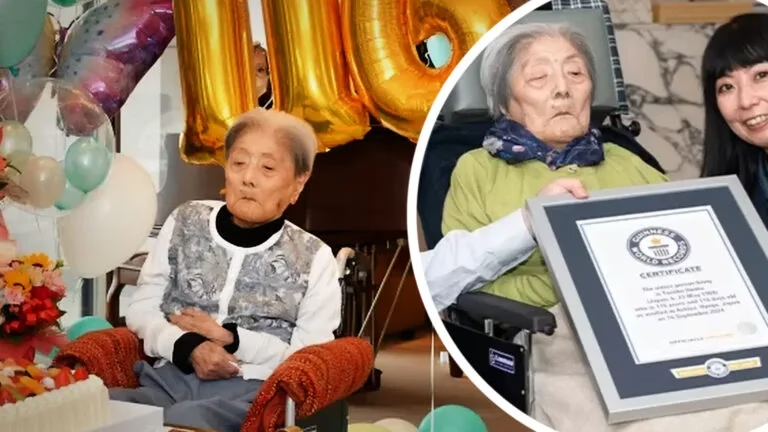5 Surprising Myths About Dying That Most People Still Believe

Death is an inevitable part of life. No matter how much we try to delay or avoid it, it will eventually touch all of us. Whether it’s the death of a loved one or the eventual myths reality we must all face, misconceptions about the dying process can make an already difficult time even harder. It’s important to confront these myths and embrace a more informed and compassionate approach to death. Let’s debunk some of the most common myths about death and dying.
Myth #1: “I Should Always Stay Positive for the Sake of My Loved Ones”
One of the most widespread misconceptions is the idea that you must always stay positive, especially when a loved one is nearing the end of their life. This idea often comes from a desire to shield the person from sadness or pain. However, according to Dr. Marilyn A. Mendoza, a psychologist who specializes in bereavement, this mindset can be harmful.
“Death is an emotional situation. It does make us sad, and crying is a normal, natural thing to do,” she explains. Allowing yourself to express grief is not only natural but necessary. Bottling up your emotions for the sake of a loved one can myths create an unhealthy environment. It’s important for both you and your loved one to share your feelings openly, whether they are positive or negative.

Myth #2: “I Should Make Sure My Loved One Eats, Drinks, and Sleeps as Normal”
Another common myth is the belief that a dying person must maintain their regular routine, including eating, drinking, and sleeping. In reality, this expectation can cause unnecessary stress during an already difficult time. Dr. Mendoza clarifies that near the end of life, it is normal for people to sleep more and for their appetite to decrease.
“At the end of life, people do sleep a lot as their energy decreases. Not eating or drinking is also a normal and natural response to the body’s preparation for death,” Dr. Mendoza explains. Instead of focusing on keeping the routine, the priority should be myths ensuring comfort and peace for your loved one.

Myth #3: “I Need to Prolong My Loved One’s Life as Much as Possible”
Many families feel the urge to extend their loved one’s life at all costs, sometimes pushing for resuscitation or life support despite poor medical prognosis. However, this desire to “prolong” life can lead to unnecessary suffering. Australian writer Sarah Winch points out that there are cases where family members insist on resuscitation, only to face a myths prolonged and unpleasant death in the ICU.
“We are prolonging, not curing death, and it can be unkind—not just for those sitting at the bedside,” says Winch. The truth is that sometimes, letting nature take its course with dignity and care is the most compassionate choice.

Myth #4: “It’s Important to Limit the Use of Painkillers to Keep My Loved One Healthy”
Many people worry about giving their loved ones too many painkillers, fearing that it will speed up the dying process. In reality, pain relief, including medications like morphine, is a key part of ensuring comfort at the end of life. Pain is not always a myths symptom of dying, but if it occurs, it can be effectively managed with appropriate doses of painkillers.
Dr. Mendoza explains, “Pain is not always a part of dying. If pain is experienced near the end of life, there are many ways it can be alleviated. Appropriate doses of morphine keep patients comfortable but do not hasten death.” The goal is comfort, not hastening the process.

Myth #5: “If I Seek Help to Care for My Loved One, I’m a Failure”
Caring for a loved one at the end of their life can be emotionally and physically exhausting, and it’s perfectly okay to seek help. Some people feel guilty for not being able to handle the responsibility on their own, but the truth is that seeking help ensures that your loved one receives the best possible care.
“Sometimes the needs of the patient exceed what can be provided at home despite best efforts,” Dr. Mendoza notes. Whether it’s enlisting the help of a nurse or moving your loved one to a palliative care center, choosing what’s best for them doesn’t make you a failure—it shows love and respect for their needs.

Conclusion: Facing Death with Understanding
The process of dying is full of uncertainties, but by understanding the truth behind these common myths, we can approach the end of life with more compassion and less fear. It’s important to allow ourselves and our loved ones to feel and express our emotions, provide comfort instead of focusing on routines, and choose quality of life over prolonging suffering.
Facing death head-on is not easy, but it can help us make the most of the time we have with those we love. By debunking these myths, we can provide the best care and comfort possible, and ultimately, make the inevitable process of dying a bit more manageable and meaningful.






